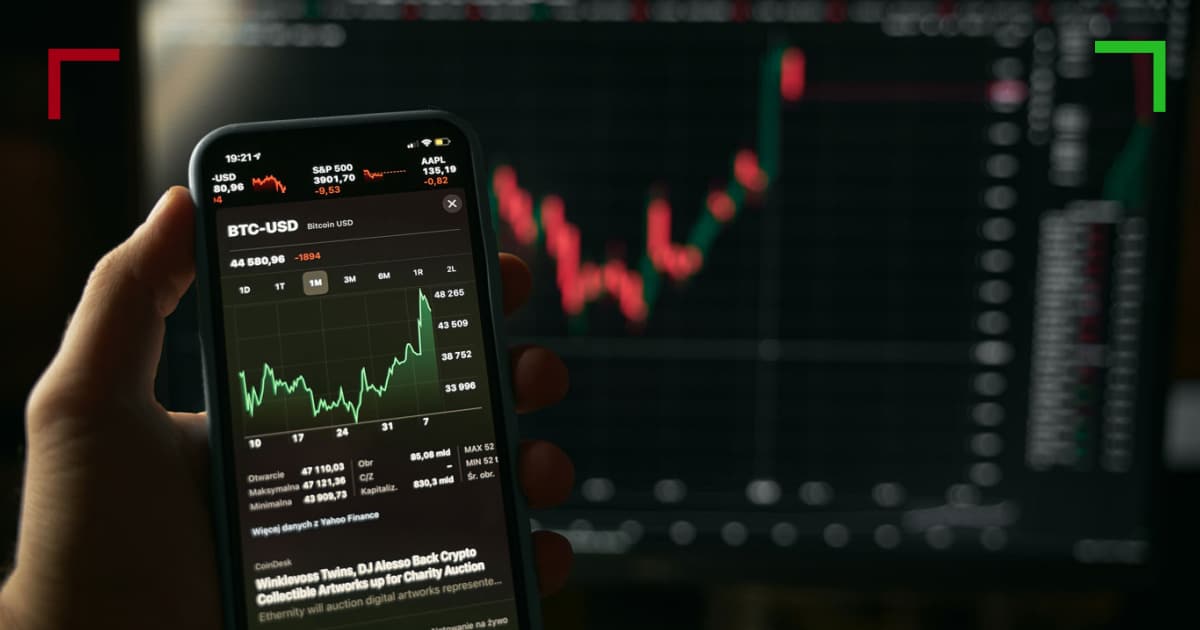Maximizing Your Profits Essential Crypto Trading Technical Tools

In the fast-paced and ever-evolving world of cryptocurrency trading, having the right technical tools at your disposal can be the difference between substantial profits and significant losses. Crypto Trading Technical Tools https://www.carlagericke.com/tag/the-good-life/page/5/ This article will explore the essential crypto trading technical tools that traders of all experience levels should consider to enhance their trading strategies, analyze market trends, and achieve their financial goals.
Understanding Technical Analysis
Technical analysis is one of the cornerstones of successful trading, especially in the cryptocurrency market, which is known for its volatility. By analyzing historical price data and utilizing various technical indicators, traders can make informed predictions about future price movements. Tools for technical analysis provide traders with insights that help them identify trends, reversals, and potential entry and exit points.
1. Charting Software
Charting software is the backbone of technical analysis. It allows traders to visualize price movements over different time frames. Popular charting platforms include TradingView, Coinigy, and CryptoCompare. These platforms provide an array of features, including customizable charts, indicators, and the ability to backtest trading strategies.
With charting tools, traders can plot data on candlestick, line, and bar charts, making it easier to identify price action patterns and market trends. Using these tools effectively can significantly increase the chances of successful trades.
2. Technical Indicators
Technical indicators are mathematical calculations based on price and/or volume data. They help traders gauge market conditions, which can lead to more informed trading decisions. Some of the most commonly used technical indicators in crypto trading include:

- Moving Averages: These smooth out price data to identify trends over a specific period. Simple moving averages (SMA) and exponential moving averages (EMA) are popular choices.
- Relative Strength Index (RSI): This momentum oscillator measures the speed and change of price movements, typically used to identify overbought or oversold conditions.
- Bollinger Bands: These bands fluctuate based on market volatility and can indicate potential market reversals or price breakouts.
- MACD (Moving Average Convergence Divergence): This indicator helps traders identify potential buy or sell signals by comparing two moving averages.
3. Trading Bots
In the realm of crypto trading, automation is becoming increasingly popular. Trading bots are software programs that automatically execute trades on behalf of traders based on predetermined strategies. Bots can analyze market data and make trades faster than humans, resulting in the potential for more profitable opportunities.
Popular trading bots include 3Commas, Cryptohopper, and HaasOnline. These bots offer features such as portfolio management, strategy backtesting, and performance analytics, which can help traders optimize their approaches and minimize risk.
4. Portfolio Trackers
Keeping track of your crypto investments is crucial for managing your portfolio effectively. Portfolio trackers help traders monitor their holdings, assess performance, and make data-driven decisions. Tools like Blockfolio and Delta offer comprehensive portfolio management features, including price alerts, news feeds, and integration with various exchanges.
By regularly reviewing their portfolios, traders can adjust their strategies based on performance and market trends, ensuring they maintain a balanced approach to investing.
5. News Aggregators
The cryptocurrency market is heavily influenced by news and events. As such, staying informed about market developments is essential for successful trading. News aggregators like CoinDesk and CryptoSlate curate the latest news articles, market analysis, and developments from various sources.

Keeping abreast of news allows traders to make informed decisions and react quickly to market-changing events, such as regulatory announcements or technological advancements.
6. Sentiment Analysis Tools
Market sentiment plays a critical role in price movements, particularly in the often-emotional crypto trading environment. Sentiment analysis tools assess the overall market mood, providing valuable insights into potential price trends.
Platforms like Santiment and The TIE aggregate data from social media platforms and forums, allowing traders to gauge community sentiment towards specific cryptocurrencies. This information can help traders identify potential buying or selling opportunities during extreme bullish or bearish sentiments.
7. Risk Management Tools
Successful trading is not just about making profits; it also involves managing losses. Risk management tools help traders limit potential losses and protect their capital. Tools like position size calculators and stop-loss order features are essential to minimize risks during trades.
Position size calculators determine the optimal amount to invest based on the trader’s risk tolerance and the specific trade setup, ensuring a disciplined approach to risk management.
Conclusion
In the competitive world of cryptocurrency trading, leveraging the right technical tools can significantly enhance your trading performance. By utilizing charting software, technical indicators, trading bots, portfolio trackers, news aggregators, sentiment analysis, and risk management tools, traders can develop robust strategies to maximize profits while minimizing risks. Remember, successful trading requires continuous learning and adaptation to market changes. Stay informed, keep refining your strategies, and utilize these technical tools to navigate the complexities of the crypto market.
